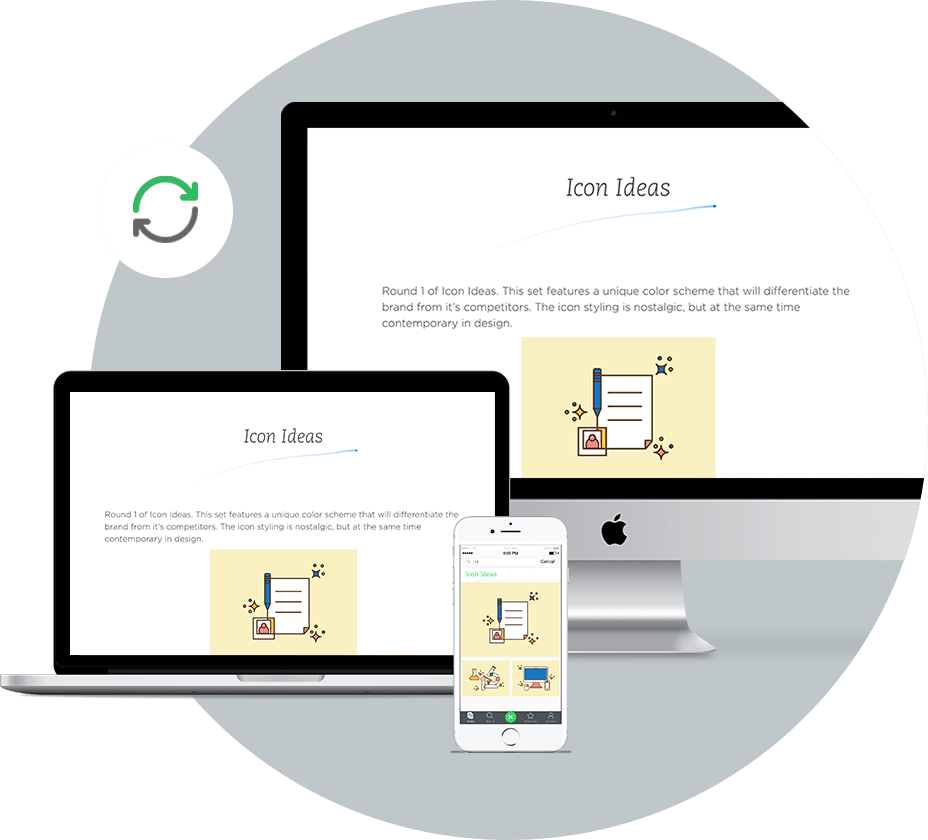

While Evernote doesn't make it easy to create a full on budget in the app, you can record personal expenses on the go like any running expenses for work. If you're saving multiple receipts to one note, you can use the app to tally up the total for you: You can also take advantage of the $2.99 iOS app ReceiptMate to supercharge the way you save receipts in your templates. You can use tags like Created, Submitted, and Paid, so you can easily see at a glance which receipts are outstanding and which have been paid. You can use tags to keep all the notes in one notebook but keep them organized. At the bottom of the note, you'll need to remove any text between the and tags, as shown in the screenshot below: enex file on your computer using a notepad app such as Text Edit or Notepad. If you don't want to manually change the date every time you create a new note from a template, open up the. enex file on your computer will automatically create a new note in Evernote.

As you're exporting the template, you can choose whether or not to include the tags. When you create your note in Evernote, you can export it as an. This is probably the easiest way to use templates, but Evernote also has a template file format which you can save to your computer. You can then make copies of those notes as you need them. Create a Notebook and call it "Templates" and fill it with manually created templates. The easiest way to create an Evernote template is to do it natively in the app. Some of these methods require a bit of effort on your part, or you can connect a third party service to your Evernote account to streamline the process. There are several ways you can create custom templates in Evernote. With a few basic tips on how to create custom templates, and what kind of templates you can use, you can boost your productivity at work and in your personal life.


 0 kommentar(er)
0 kommentar(er)
